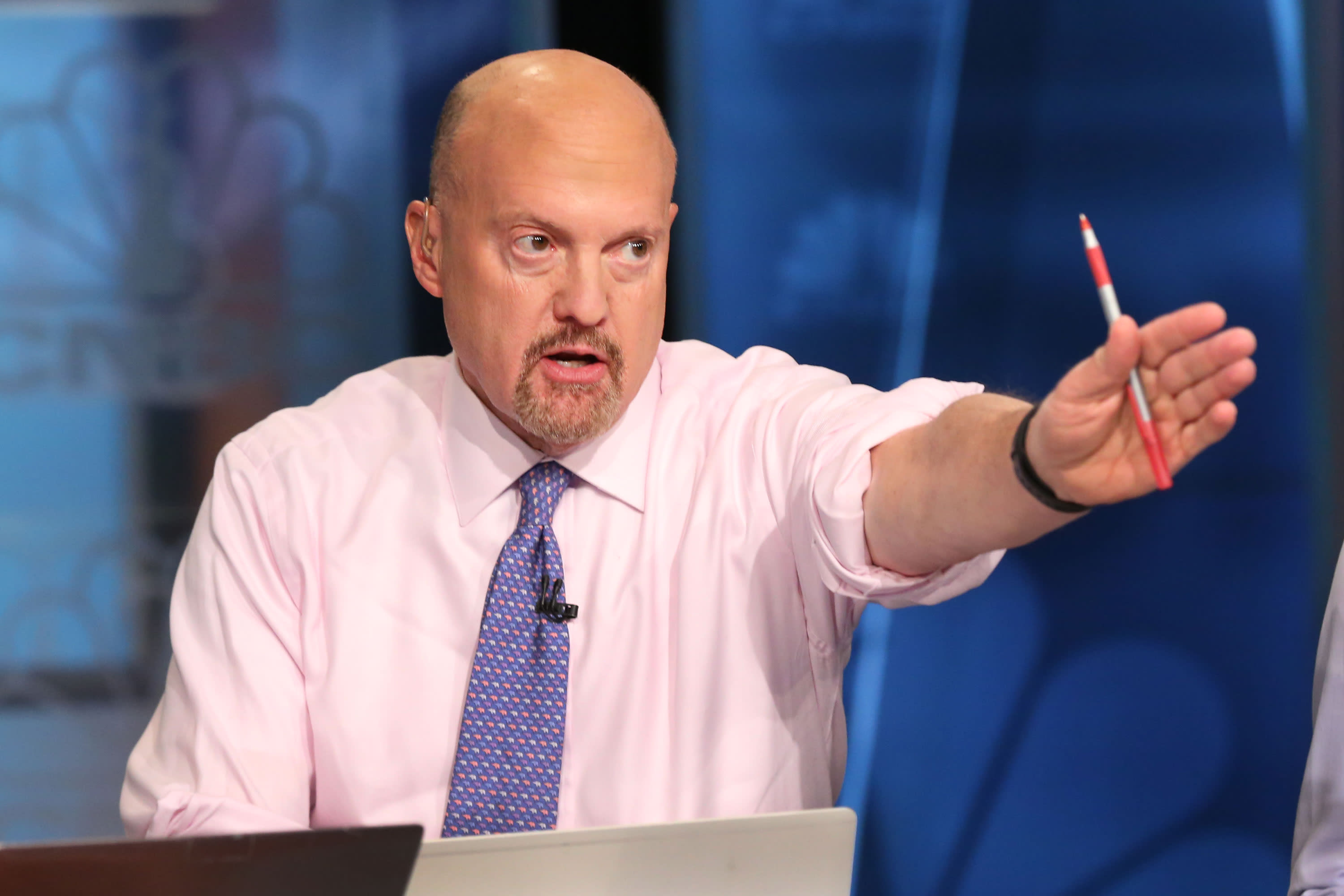Cramer says stocks’ recent rally shows need for investors to be patient, not fearful of omicron

CNBC’s Jim Cramer on Tuesday delivered a lesson to investors in light of the stock market’s recent move higher after a rough patch filled with Covid omicron worries.
The “Mad Money” host’s comments came after Wall Street turned in another strong session to start the trading week, led by the tech-heavy Nasdaq‘s 3% jump.
“It’s a textbook example of why panic is not a strategy, unless you’re deliberately trying to lose money,” Cramer said, referring to the advice he issued after the close on Nov. 29.
On Tuesday, the broad S&P 500 rose 2.07% and now sits about 1% away from its record high. The Dow Jones Industrial Average advanced 1.4%, as all three major U.S. equity averages recorded their third positive day in four.
“I want you to use it as a reminder that, most of the time, it pays to wait for cooler heads to prevail rather than freaking out in a situation where everyone else is freaking out and lost their heads without complete information,” Cramer said.
Markets sold off sharply Nov. 26, with the Dow, S&P 500 and Nasdaq all losing more than 2% in the holiday-shortened session as investors across the globe reacted to the discovery of the Covid omicron variant. Stocks continued to be volatile the following week, and the major U.S. averages finished the five-day trading period lower.
However, as days passed and more information on the omicron variant surfaces, Cramer said Wall Street’s worst fears of broad-based lockdowns that hurt the economy have become increasingly unlikely. That’s helped improve market sentiment, he said.
“Look, it would’ve been great if you bought stocks something near the lows—that’s what I urged you to do, actually, even if you had to hold your nose because we were simply too oversold. I was relying on technicals,” Cramer said. “But the cardinal sin here was selling stocks out of fear, rather than sitting tight out of rationality.”
Sign up now for the CNBC Investing Club to follow Jim Cramer’s every move in the market.




